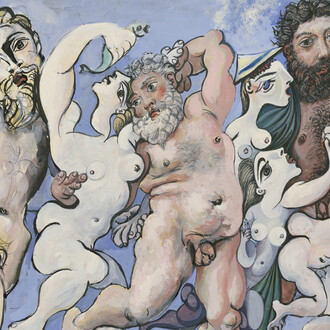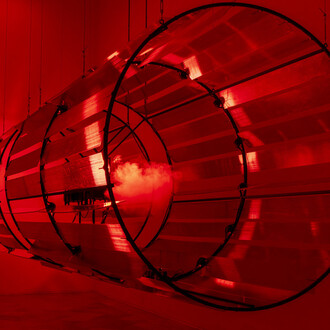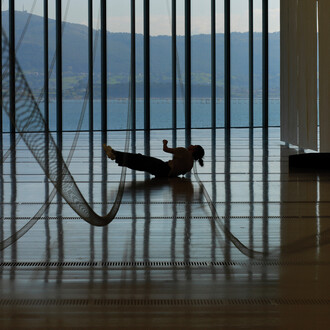My urban origins kept me deeply rooted in asphalt-bound terrains throughout most of my life. Perhaps this conditioned my understanding of nature: besides inhabiting it from the outside, I admit I could not find a strong means of communicating with it. However, an unconscious flight led me to migrate to a country where almost everyone longs to spend their days walking among trees and swimming in lakes. For me, it meant nearly going to the end of the world. I am talking about Fin - Land. That was ten years ago.
In today’s world, few appear to have the privilege -or misfortune- to live in places where the earthly pull surpasses the metropolitan bustle. This seems to have become a significant obstacle to feeling the underlying heartbeat that reminds us of the existence and power of living forces: powers partly driven by the magnetism that radiates from the center of the Earth.
Many, myself included, have gained insight into this world through reasoning and reading. It is a way of building bridges to knowledge: it is a beginning, yes. However, one element was missing from this equation: the sentient, that natural right which, more than reviled, survives today in a state of numbness.
I believed I had already touched the far north. Suddenly, I was given the opportunity to travel to the 78th parallel of our earthly geography: a visit to the Arctic territories. It was this call that drew me to open the drawers of my studio and dust off a process I had initiated after my first arrival in Helsinki. An intuition that had not yet found a place in my artistic reasoning: the frottage of a rock.
The Svalbard archipelago is unknown territory for many. We have heard of it in documentaries on climate change or global geopolitics. It is an essential focus of study for scientists, a land explored by adventurers, and a meeting point for artists... This part of the planet has a fascinating geography. It is home to a true geological treasure: perfectly preserved fossils dating back to the very beginnings of the Earth - the first tropical forests now located in polar latitudes. These petrified impressions reveal an image of death and extinction: charred bodies that turned to rock to, outside of all randomness, bear witness to the imprint of a deep time: a scar.
Geology seems to guide us through the boundless horizon of time. An elusive chronos from the human perspective, but one that, when contemplated, brings to the surface an awareness of our own minuteness in the face of the forces of nature. Geographies and geologies such as those of the Arctic impose their crude and rough emptiness through a landscape that reminds us of our insignificance, the harshness of the sovereign gesture of the Earth.
Faced with this force, I could no longer reason but simply feel the mighty inner cry of a fossil desert, which led me to surrender and call upon these most archaic origins of my artistic process to, with a simple gesture, release a friction-based trace: a contact with the inert, a touch to rescue the voice of an ancestral echo.
A flat, paper-skin imprint. One that, like a map in a bass-relief, displays a blackened paleoflora. Both bear witness to the eternal repose of a bygone time, opposite and reflective not only of the passage of life but of a contingent body, a living matrix metamorphosed by elementary forces and time, where organic matter, once fleeting, becomes fossil memory: a remnant of what was once life, now a silent sign of impermanence and continuity etched in rock.
(Text by Inma Herrera)













![Saul Steinberg, The museum [El museo] (detalle), 1972. Cortesía del Museo de Arte Abstracto Español](http://media.meer.com/attachments/dfbad16c22c5940b5ce7463468ac8879f3b4bf23/store/fill/330/330/042ecf3bcd2c9b4db7ddbc57cb32e950c095835f7b5cd55b6e1576a6e78c/Saul-Steinberg-The-museum-El-museo-detalle-1972-Cortesia-del-Museo-de-Arte-Abstracto-Espanol.jpg)


